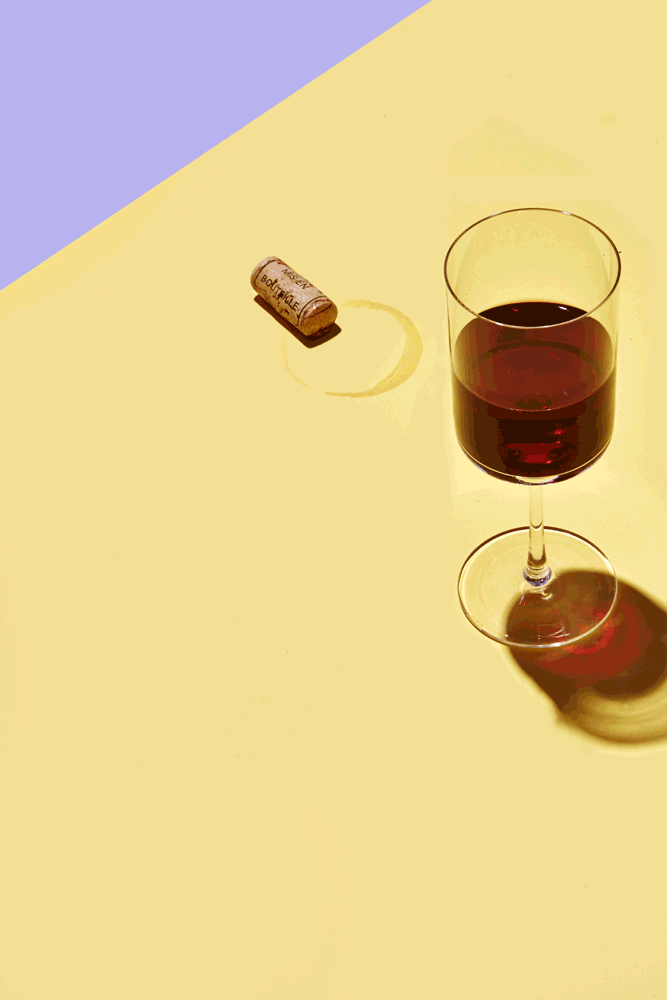
Watching James Bond elegantly guzzle that martini may be having adverse effects on adolescents. A new study from the journal Pediatrics found that 15-year-olds who have watched more alcohol being consumed in films than their peers are more likely to have tried alcohol, more likely to binge drink and more likely to have alcohol-related problems.
“Alcohol is a drug and it has potentially adverse effects, not only for individuals but also for family and friends,” says lead author Andrea Waylen, a lecturer in social sciences at the University of Bristol. “It’s not very often that we see the adverse effects of alcohol portrayed—like vomiting, rotten hangovers,” she adds. “In my view, we don’t really get an accurate representation of what alcohol is like.”
The new paper used data from a longitudinal study in the United Kingdom that surveyed 5,163 15-year-olds on a wide variety of topics. They were asked about their drinking habits and whether they had seen a random selection of 50 popular films, from Bridget Jones’ Diary to Aviator. Waylen and her colleagues used those answers to quantify their exposure to drinking by adding up the minutes in each film that showed alcohol use. (The original study was done in the mid-2000s, when those movies were hot off the reel.)
After controlling for factors ranging from parents’ alcohol use to gender and social class, the researchers found that the kids who had been exposed to the most cinematic swilling were 20% more likely to have tried alcohol and 70% more likely to binge drink. They were more than twice as likely to have a drink more than once per week and to suffer from alcohol-related problems, such as encounters with the police or letting their drinking interfere with school and work.
The recommendation of Waylen and her colleagues is that film ratings take into account heavy drinking; such films, Waylen suggests, would then be more likely to be rated for adults only. In the study, she notes that between 1989 and 2008, 72% of the most popular box office films in the United Kingdom depicted drinking but only 6% were classified as adult only.
A review of top-grossing American films conducted in 2009 found that 49% of PG-13 rated films and 25% of PG-rated films showed more than two minutes of alcohol use. The study concluded that the current rating system was not adequate for parents trying to limit their kids’ exposure to drinking (or smoking, for that matter).
Similar studies conducted in the U.S. and Germany have found connections between kids watching boozing in film and then drinking in real life. Other studies have found similar associations for risky behavior like tobacco use, dangerous driving and early sex.
“My guess is that there needs to be a level of identification with the drinker in the film,” Waylen says. And she believes kids are more likely to identify with consuming characters “in films where alcohol use is made to look cool, get you friends, win the girl or boy.”
Her conclusion is that the officials rating movies need to take demure sips of wine and rowdy spring break chugging contests more seriously. “Adverse outcomes from alcohol use are a large societal public health problem,” the study concludes, “and rating films according to alcohol content may reduce problem-related alcohol use and associated harm in young people.”
More Must-Reads from TIME
- Cybersecurity Experts Are Sounding the Alarm on DOGE
- Meet the 2025 Women of the Year
- The Harsh Truth About Disability Inclusion
- Why Do More Young Adults Have Cancer?
- Colman Domingo Leads With Radical Love
- How to Get Better at Doing Things Alone
- Michelle Zauner Stares Down the Darkness
Contact us at letters@time.com